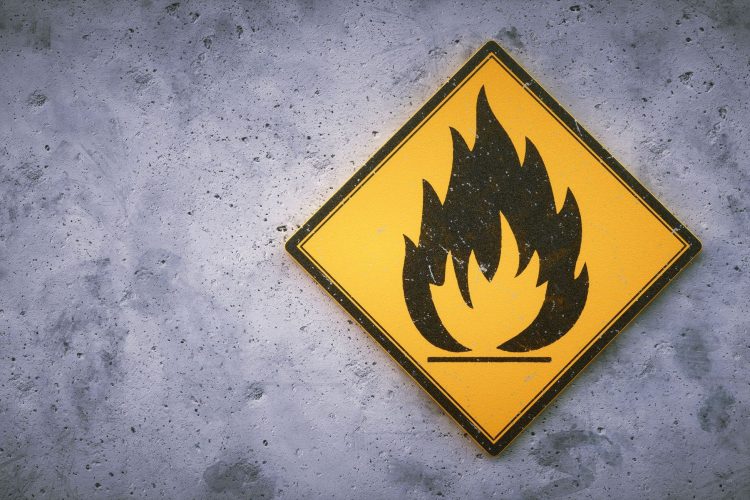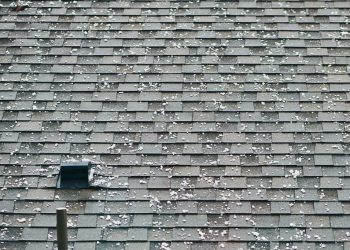Fire season can be a frightening time for homeowners who find themselves in Wildfire risk areas. While each year wildfires seem to be more and more prominent, there are things that you can do to protect your home and household regardless of where you may live. These quick prep steps can help ensure your home is defensible against wildfire damage.
Remove Dry Vegetation and Create a Defensible Space
Dead Leaves, pine needles, or drying plants can all serve as fodder for a potential fire. Be sure to remove any of these organic materials from your gutters, roofs, decks and around the home. Pay special attention within the first five to 10 feet of any structure. Now is also an excellent time to trim bushes and trees at least 10 feet away from structures. Remember that fires can use tree lines to climb and grow, so tending to your yard is a key process. Check with your local firefighting authorities to ensure that you are in compliance and following best practices within your area.
Follow Flammable Storage Safety
Firewood, propane tanks and fuel should all be stored away from your home. Be sure to follow best practices when dealing with any flammable materials and flammable yard items. If you have flammable liquids that need to be stored, be sure to store them in approved designated containers and ideally in a separate ventilated area from your home. Avoid storing them with oxidizers, such as pool chlorine. Since these items can begin a fire with a single spark, storing them in a shed versus an attached garage offers more protection for your home.
Opt for Fire-Resistant Landscaping
Xeriscaping or similar options can keep your yard looking beautiful while lowering your water needs during the summer season and adding to your yard’s fire-resistance. Since fire can thrive on overgrown vegetation, opting for landscaping that uses stone, gravel or other hardscaping options is key. Xeriscaping principles also keep vegetation spread far apart, which leads to more fire-resistant properties.
Have an Emergency Plan
Everyone in your household—including kids—should know immediately what to do in case of a house fire or nearby wildfire. Identify exit routes and set a meeting spot to ensure that everyone knows what to do in case of a house fire or a general evacuation. If you live in a fire-prone area, scan copies of insurance policies, IDs and home records that will be digitally accessible later. Have an emergency go bag with extra clothes, medication, extra chargers, documents, smoke masks and first aid. If you have pets, don’t forget to bring a few key supplies for them as well.











